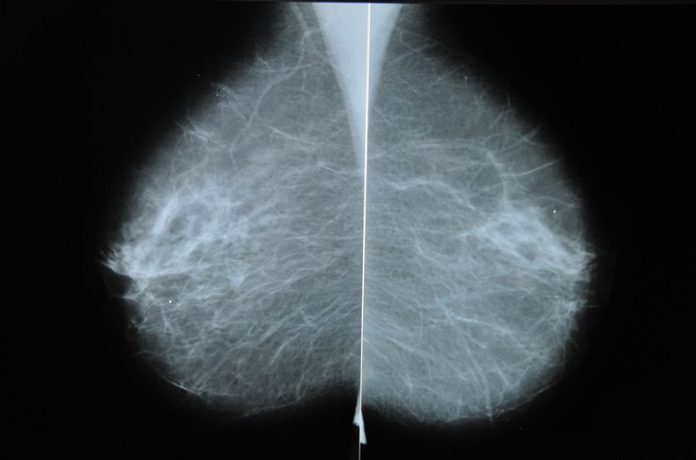Before we begin talking about breast reconstruction, we should perhaps look at why such a procedure is necessary.
Typically, breast reconstruction is most often required for those who have lost a breast through cancer or other diseases.
Less often, women who wish to alter the shape and size of their breasts also go in for breast reconstruction.
Today, breast reconstruction is a surgical procedure that can create a near-perfect replica of a natural breast, thanks to the availability of highly advanced medical and surgical techniques.
Indeed, so advanced have these techniques become that it is possible to replace a breast immediately after its removal through a procedure known as a mastectomy.
However, there is a catch here, sadly, and well get the bad news out of the way first. While most women are medically eligible for breast reconstruction, the best candidates are those whose ailments have been eliminated by mastectomy.
In other words, those women who experience a relapse of the condition of cancer or otherwise are not entirely suitable for breast reconstruction.
Additionally, many women are too traumatized by a diagnosis of cancer to consider breast reconstruction.
Others may not want to have any more surgery, while still others, who suffer from unrelated health conditions like obesity and high blood pressure may also have to wait for breast reconstruction.
Besides, like any surgical procedure, breast reconstruction brings with it such potential post-operative complications as bleeding, excessive scar tissue, or inflammation and pain.
However, these are rare occurrences and are not normally severe enough to require a second operation.
If your surgeon has used a breast implant, you may develop an infection if you’re really unlucky, which may necessitate the removal of the implant and its re-insertion at a later date.
Yet another potential problem is capsular contracture, which develops if the scar around the implant begins to tighten and squeeze the soft implant.
There are several ways to treat this, among them the removal of scar tissue or the implant itself.
Finally, breast reconstruction is not known to prevent the recurrence of the disease, but neither does it hamper chemotherapy or radiation treatment.
However, on the bright side, breast reconstruction is the only option for those who have conquered the original disease and are now ready to get on with their lives.
Since most of us take our bodies largely for granted, it is not easy to appreciate how emotionally traumatic it is for women to lead their lives with a single breast.
Since breast reconstruction is a relatively low-risk procedure, with post-op complications being rare enough to be exceptional, it is a viable alternative that ought to be explored.
The actual breast reconstruction surgery may involve one of various methods, among them skin expansion followed by the insertion of an implant, flap reconstruction or the creation of a skin flap using tissue from other parts of the body.
Some women may require follow-up surgery for such finer touches as reconstructing the nipple and areola, while some may require surgery to make sure the natural breast matched the reconstructed one, but this is not strictly necessary.
After the surgery, you may feel sore for a couple of weeks, though there is a medication that helps. Even so, you may take up to six weeks to recover.
Once you do, you should strictly follow your surgeon’s advice on when to resume normal activities. As a thumb rule, do not go in for too intense overhead lifting or other stressful physical activities.

